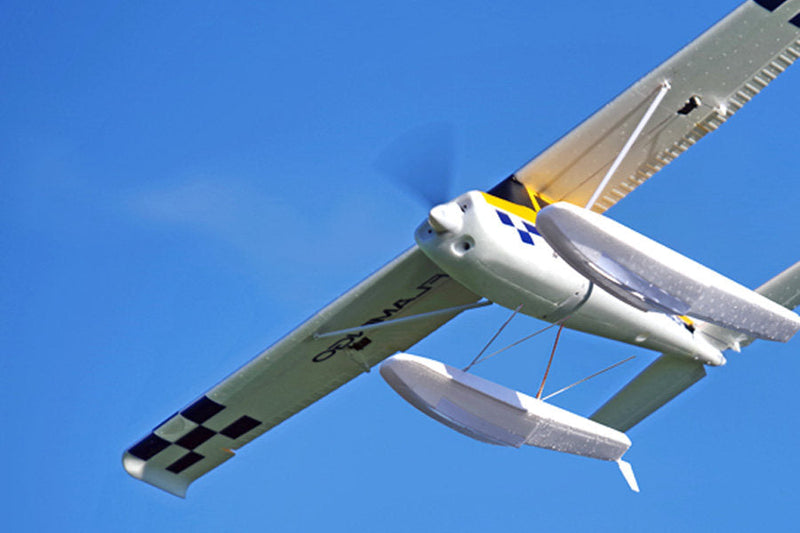Building a model airplane can be an exciting and rewarding hobby. Whether you are a complete novice or someone with a bit of experience, understanding the basics of model airplane construction is essential for success. This guide will provide you with valuable insights and practical tips to help you embark on your journey into the world of model aviation.

Understanding the Basics of Model Airplanes
What exactly is a model airplane? In simple terms, it is a miniature representation of an aircraft, which can be built for display or flown. There are various types of model airplanes, including static models, radio-controlled (RC) planes, and free-flight models. Each type has its own unique characteristics and building techniques.
Choosing the Right Materials
When starting your first model airplane, selecting the right materials is crucial. Here are some common materials used in model airplane construction:
- Balsa Wood: Lightweight and easy to work with, balsa wood is a popular choice for many model builders.
- Foam: Foam is often used for RC planes due to its durability and ease of repair.
- Plastic: Many static models are made from plastic kits that come pre-molded.
Understanding the properties of these materials will help you make informed decisions during the building process.
Essential Tools for Building Model Airplanes
Having the right tools can significantly enhance your building experience. Here are some essential tools you should consider:
- Cutting Tools: A sharp hobby knife or a razor saw is necessary for precise cuts.
- Adhesives: Use appropriate glues like cyanoacrylate (super glue) or wood glue for different materials.
- Measuring Tools: A ruler and a square will help ensure accuracy in your measurements.
With these tools at your disposal, you will be well-equipped to tackle your first model airplane project.
Building Techniques for Success
As you begin constructing your model airplane, consider the following techniques:
- Follow Instructions: If you are using a kit, carefully read the instructions before starting.
- Take Your Time: Rushing can lead to mistakes. Patience is key in model building.
- Test Fit Parts: Before gluing, always test fit parts to ensure they align correctly.
By implementing these techniques, you can avoid common pitfalls and enhance the quality of your finished model.
Final Touches and Finishing Your Model Airplane
Once your model airplane is assembled, it’s time to add the finishing touches. Painting and detailing can bring your model to life. Consider using:
- Acrylic Paints: These are easy to work with and dry quickly.
- Decals: Custom decals can add a personal touch to your model.
With these final touches, your model airplane will not only be functional but also visually appealing.
Conclusion
Building your first model airplane can be a fulfilling experience that combines creativity and technical skills. By understanding the basics, choosing the right materials, and employing effective building techniques, you can create a model that you will be proud of. So gather your materials, pick up your tools, and let your journey into the world of model aviation begin!








